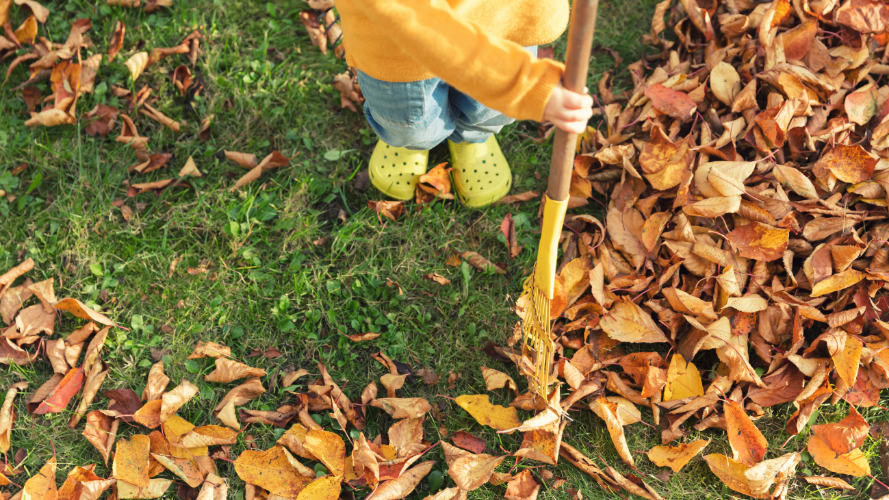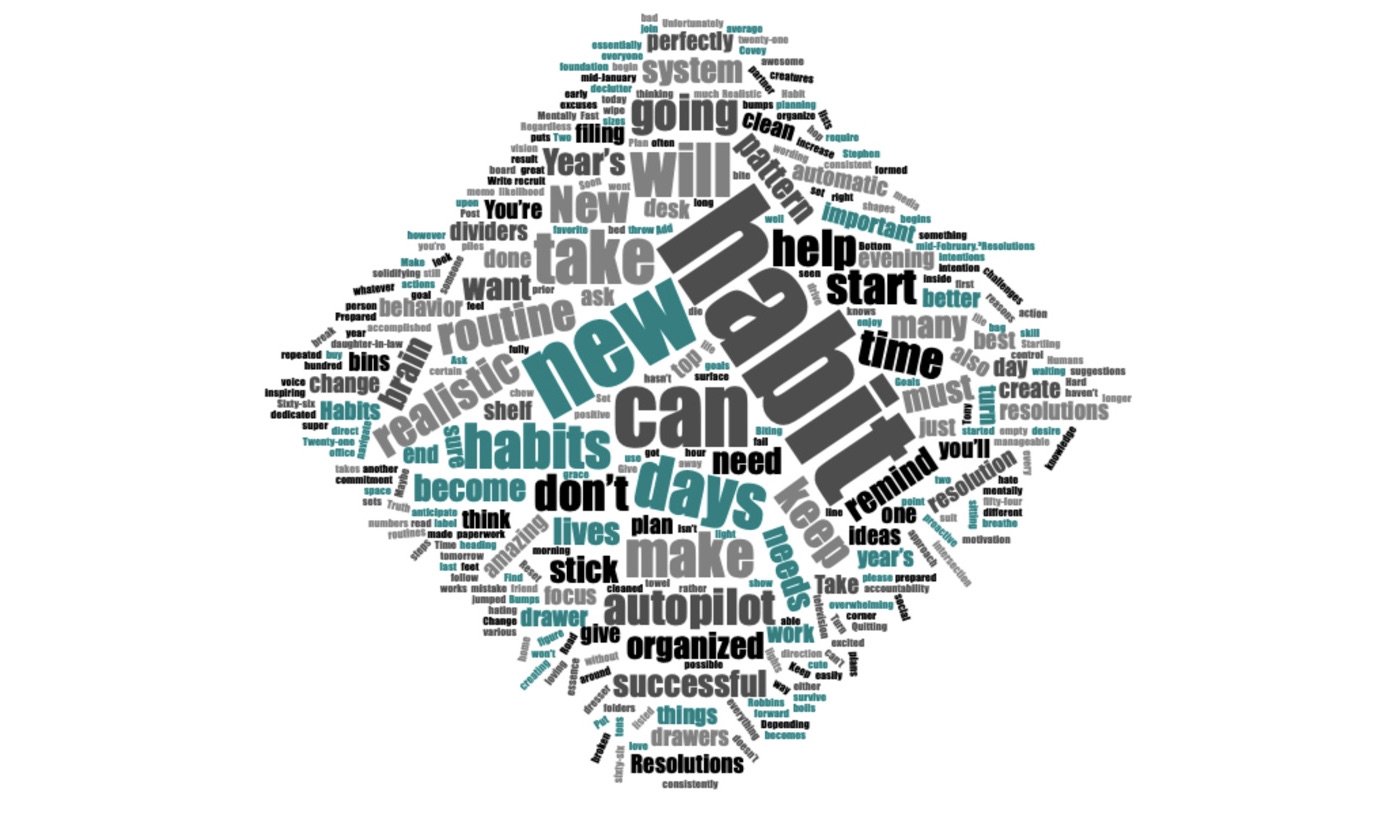Posts about planning
Other Categories
16 Indoor and Outdoor Fall Home Prep Tips for Your Home
For many areas, fall is a time of mixed emotions. Fans of fall embrace the cooler temperatures and beautiful colors,…
Time Management & Productivity
Often we hear the term time management and productivity and assume they are one-in-the-same. This couldn’t be further from the…
Extra Behind the Scenes That Go on With Medical Professionals & The Workplace
Depending on what part of the world you live in, post-pandemic life is slowly starting to open back up. Although…
9 Fun Things You Can Do to Prep for Spring & Summer Activities
It’s only March… our coldest month is behind us! February is typically the coldest month here in Ontario and the…
Back to School 2021: Prepare for a successful start to a new school year
The past two school years have been like no other. A global pandemic, remote or hybrid learning, and wearing masks.…
The Startling Truth About Habits, New Year’s Resolutions, and Quitting
New Year’s Resolutions. You either love or hate them. Or you begin loving them and end up hating them because…






